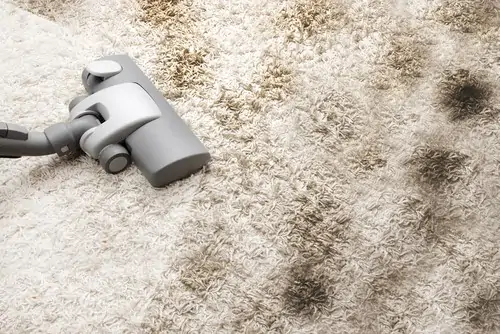
What Is Mildew?
Mildew is a type of fungus that grows in damp, warm environments. It’s often confused with mold, but mildew has some distinct characteristics. Mildew typically appears as a powdery or fluffy substance on surfaces, starting out white or gray and turning yellow, brown, or black over time. It tends to grow on surfaces like shower walls, windowsills, and other areas with high humidity.
Mildew vs. Mold: What’s the Difference?
While both mildew and mold are fungi, they differ in appearance and potential harm. Mildew is usually flatter and less invasive than mold, whereas mold can penetrate deep into materials like drywall or wood. Mold tends to have a fuzzier appearance and comes in a range of colors, including black, green, and white.
For more information on the difference between mold and mildew, visit the CDC’s guide on mold and mildew.
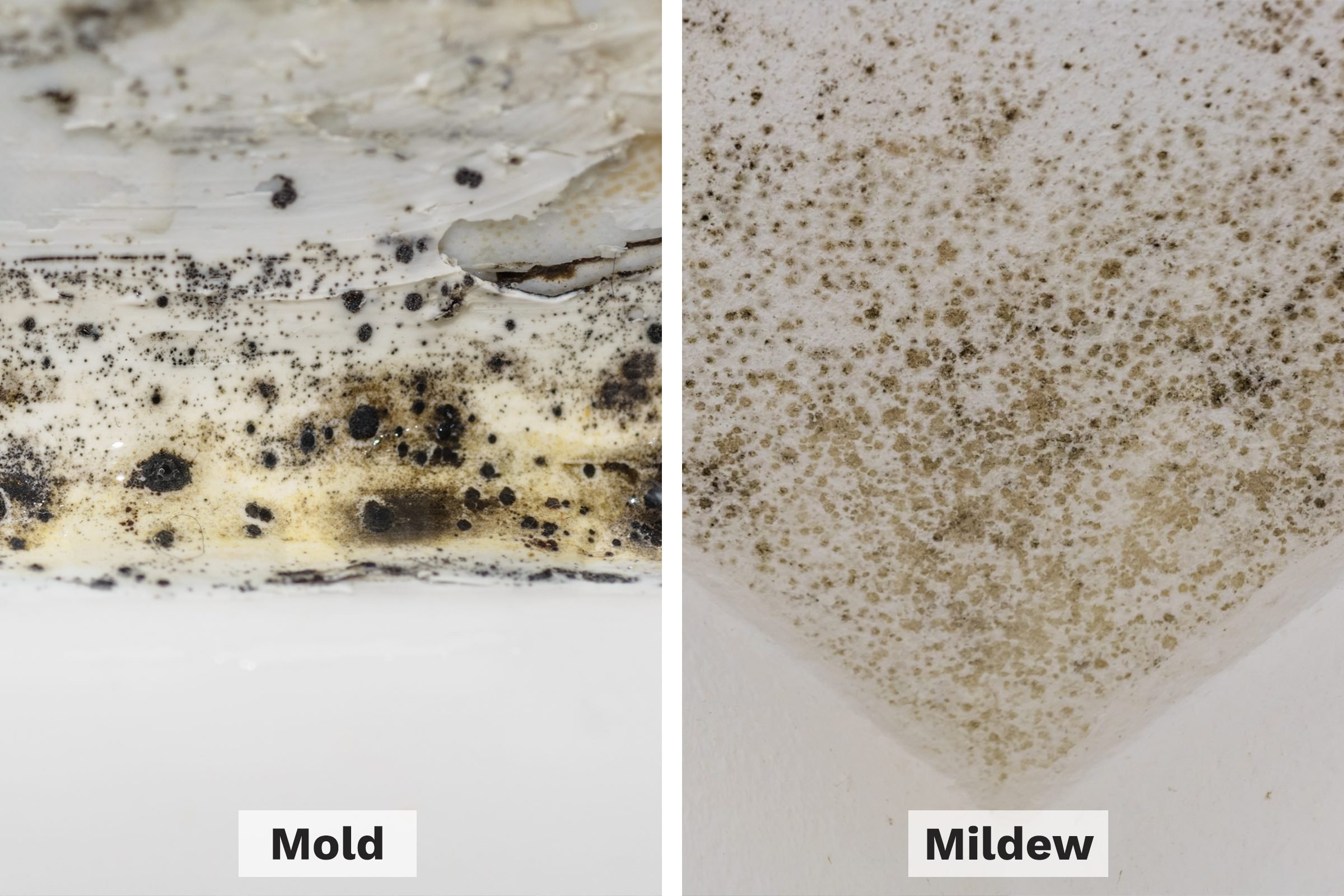
Is Mildew Dangerous to Your Health?
So, is mildew dangerous? While mildew isn’t as hazardous as black mold, it can still pose health risks, especially for individuals with respiratory issues, allergies, or weakened immune systems. Here are some potential health problems associated with mildew exposure:
1. Respiratory Issues
Mildew releases spores into the air, which can be inhaled. For people with asthma, allergies, or other respiratory conditions, exposure to mildew spores can exacerbate symptoms. Common symptoms include coughing, sneezing, nasal congestion, and shortness of breath. Long-term exposure to mildew can also increase the likelihood of developing chronic respiratory conditions.
2. Skin Irritation
Some individuals may experience skin irritation after coming into contact with mildew. This can include rashes, itching, or redness. If you’re cleaning mildew without protective gear, direct contact with mildew spores can cause skin discomfort.
3. Allergic Reactions
Even if you’re not allergic to mildew specifically, exposure to mildew spores can trigger allergic reactions. Symptoms may include sneezing, runny nose, itchy eyes, and sore throat. In some cases, individuals may develop allergic fungal sinusitis, a condition where fungal spores lead to chronic sinus infections.
4. Weakened Immune Systems
Individuals with compromised immune systems, such as the elderly, children, or those undergoing medical treatments, are at a higher risk of developing health issues from mildew exposure. For these groups, mildew exposure can lead to more severe respiratory infections or prolonged illness.
5. Property Damage
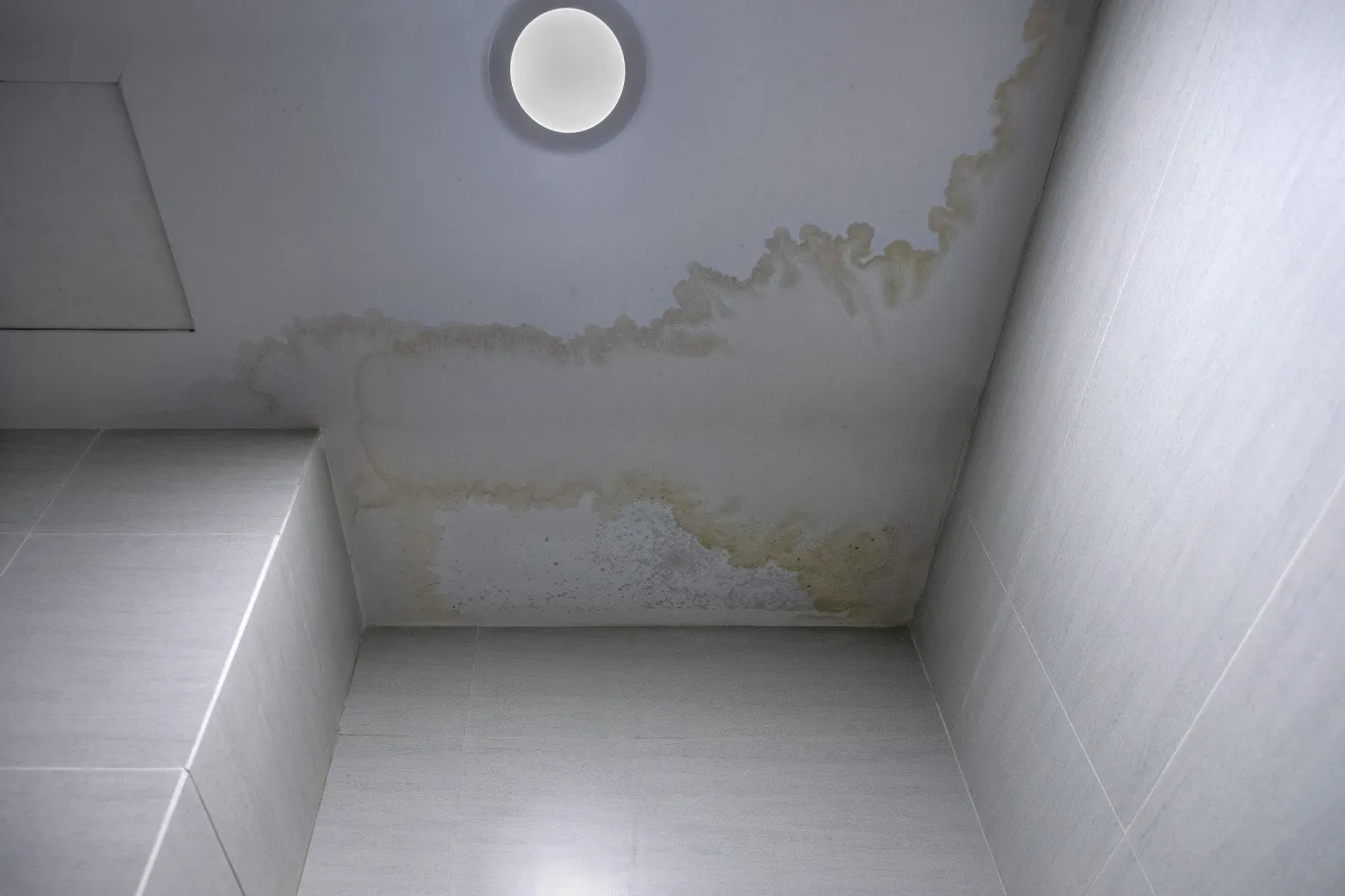
While mildew may not pose the same structural risk as mold, it can still damage surfaces in your home. Over time, mildew can discolor walls, tiles, and fabrics, making them difficult to clean. Prolonged mildew growth can also lead to a musty odor that’s hard to eliminate.
For more detailed information on the health effects of mildew, check out this Healthline guide on mildew allergies.
How to Identify Mildew in Your Home
Mildew is relatively easy to spot compared to mold, as it usually grows on the surface of damp areas. Here’s how to identify mildew in your home:
1. Appearance
Mildew often starts out as white or gray and becomes darker (yellow, brown, or black) over time. It appears as a thin, powdery layer on surfaces such as tile grout, shower curtains, or windowsills.
2. Musty Odor
Mildew typically produces a musty odor, similar to mold. If you notice a persistent musty smell in areas like your bathroom, basement, or laundry room, it could indicate the presence of mildew.
3. Location
Mildew thrives in damp, warm environments. It’s commonly found in bathrooms, basements, kitchens, and other areas that are prone to moisture. Areas with poor ventilation are particularly susceptible to mildew growth.
How to Remove Mildew Safely
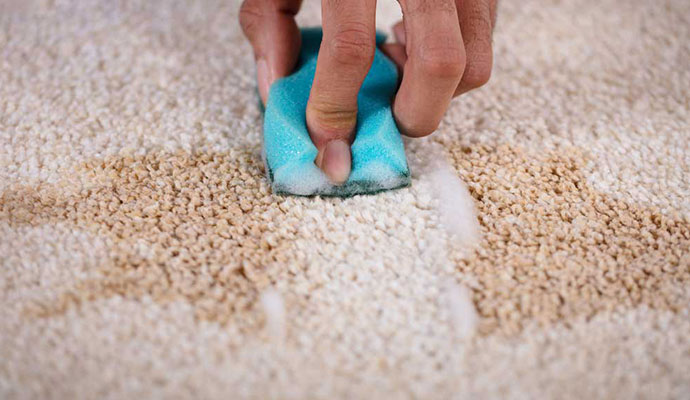
Once you’ve identified mildew in your home, it’s essential to remove it promptly to prevent health risks and property damage. Here’s how to remove mildew safely:
| Step | Description |
|---|---|
| 1. Wear Protective Gear | Before removing mildew, wear protective gear, including gloves, a mask, and goggles. This will protect you from inhaling mildew spores or coming into direct contact with the mildew. |
| 2. Use a Mildew Cleaner | Use a mixture of water and vinegar (1:1 ratio) or a commercial mildew remover. Spray the solution onto the affected area and let it sit for 10-15 minutes to loosen the mildew. |
| 3. Scrub the Surface | After letting the cleaning solution soak in, scrub the area with a brush or sponge to remove the mildew. Be sure to clean thoroughly to prevent the mildew from returning. |
| 4. Rinse and Dry | Once the mildew is removed, rinse the area with clean water and dry it completely. Use a fan or dehumidifier to ensure the area stays dry and to prevent future mildew growth. |
| 5. Improve Ventilation | Ensure that the area is well-ventilated to reduce humidity and moisture. Use exhaust fans in bathrooms and kitchens, and consider using a dehumidifier in damp areas like basements. |
If mildew keeps coming back or if it spreads to a larger area, it’s a good idea to call a professional for help. Citywide Mold Mitigation provides expert mildew and mold removal services to ensure your home stays safe and mildew-free.
How to Prevent Mildew Growth in Your Home
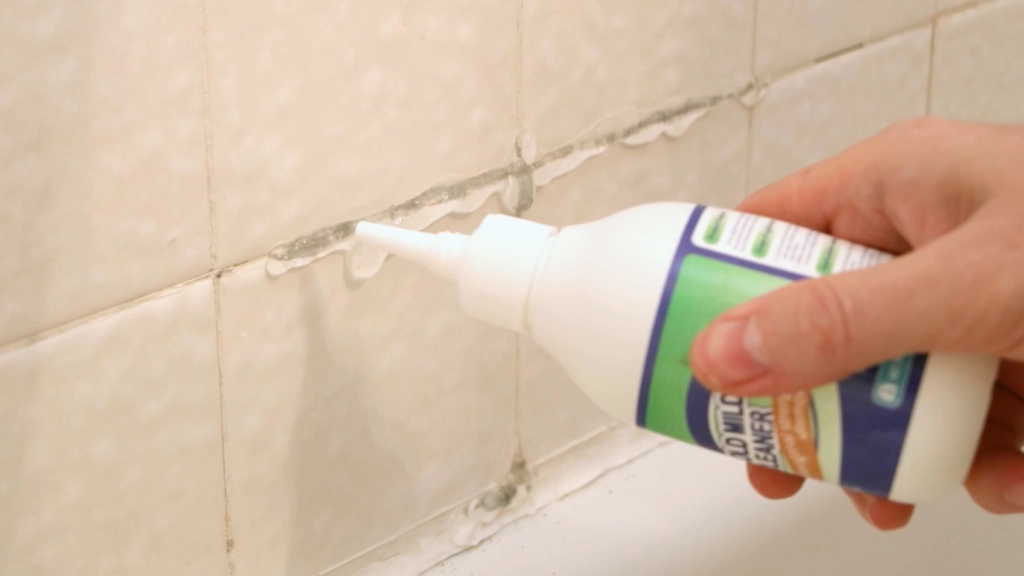
Preventing mildew is all about controlling moisture in your home. Here are some tips to help prevent mildew growth:
1. Control Humidity Levels
Mildew thrives in humid environments, so keeping humidity levels in your home below 50% can help prevent its growth. Use a dehumidifier in damp areas like basements and bathrooms to reduce moisture.
2. Improve Ventilation
Ensure that your home has proper ventilation, especially in high-moisture areas like bathrooms and kitchens. Use exhaust fans to remove moisture after showers and cooking, and open windows when possible to allow fresh air to circulate.
3. Fix Leaks Immediately
Any leaks in your home can create the perfect environment for mildew to grow. Fix leaking pipes, roofs, or windows immediately to prevent moisture buildup.
4. Clean Regularly
Regular cleaning of areas prone to moisture can help prevent mildew. Scrub tiles, grout, and other surfaces where mildew may grow, especially in bathrooms and kitchens. Use mildew-resistant cleaners to keep these areas free from mildew growth.
For more tips on preventing mildew and mold growth, check out this guide from This Old House.
FAQ
| Question | Answer |
|---|---|
| Is mildew dangerous to my health? | Yes, mildew can be dangerous, especially for people with respiratory conditions, allergies, or weakened immune systems. Exposure to mildew can cause respiratory issues, skin irritation, and allergic reactions. |
| How can I tell if I have mildew or mold? | Mildew is typically white or gray and grows in a flat, powdery form on surfaces. Mold, on the other hand, is often darker in color (black, green, or brown) and has a fuzzier appearance. Mold can also penetrate deeper into surfaces, while mildew tends to grow on the surface. |
| How do I remove mildew from walls or tiles? | You can remove mildew using a mixture of water and vinegar or a commercial mildew cleaner. Spray the solution on the affected area, scrub it with a brush or sponge, and rinse thoroughly. Dry the area completely to prevent future mildew growth. |
| How can I prevent mildew in my home? | To prevent mildew, control humidity levels, improve ventilation, fix leaks immediately, and clean high-moisture areas regularly. Using a dehumidifier in damp areas like basements can also help reduce the risk of mildew growth. |
| When should I call a professional for mildew removal? | If mildew keeps coming back or if it spreads to a large area, it’s best to call a professional mold remediation company like Citywide Mold Mitigation to ensure safe and thorough removal. |
If you’re concerned about mildew in your home, contact Citywide Mold Mitigation for expert mildew and mold removal services today.

